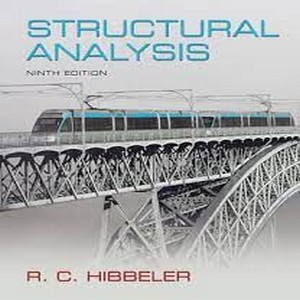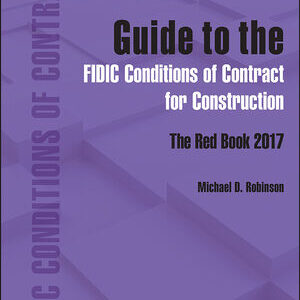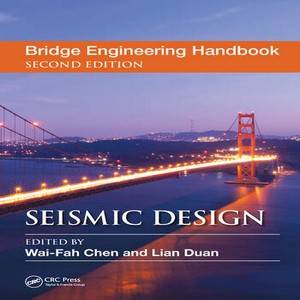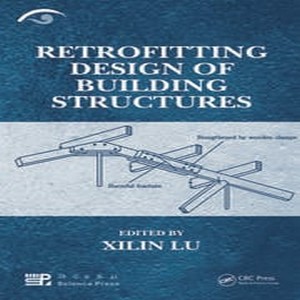Structural analysis Ninth edition
by R. C. Hibbeler
Structural analysis is intended to provide the student with a clear and thorough presentation of the theory and application of structural analysis as it applies to trusses, beams, and frames.
Emphasis is placed on developing the student’s ability to both model and analyze a structure and to provide realistic applications encountered in professional practice.
For many years now, engineers have been using matrix methods to analyze structures.
Although these methods are most efficient for a Structural analysis, it is the author’s opinion that students taking a first course in this subject should also be well versed in some of the more important classical methods.
Practice in applying these methods will develop a deeper understanding of the basic engineering sciences of statics and mechanics of materials.
Also, problem-solving skills are further developed when the various techniques are thought out and applied in a clear and orderly way.
By solving problems in this way one can better grasp the way loads are transmitted through a structure and obtain a more complete understanding of the way the structure deforms under load.
Finally, the classical methods provide a means of checking computer results rather than simply relying on the generated output.





Reviews
There are no reviews yet.